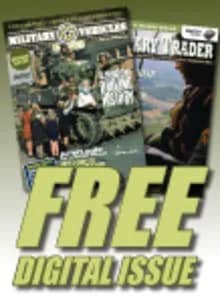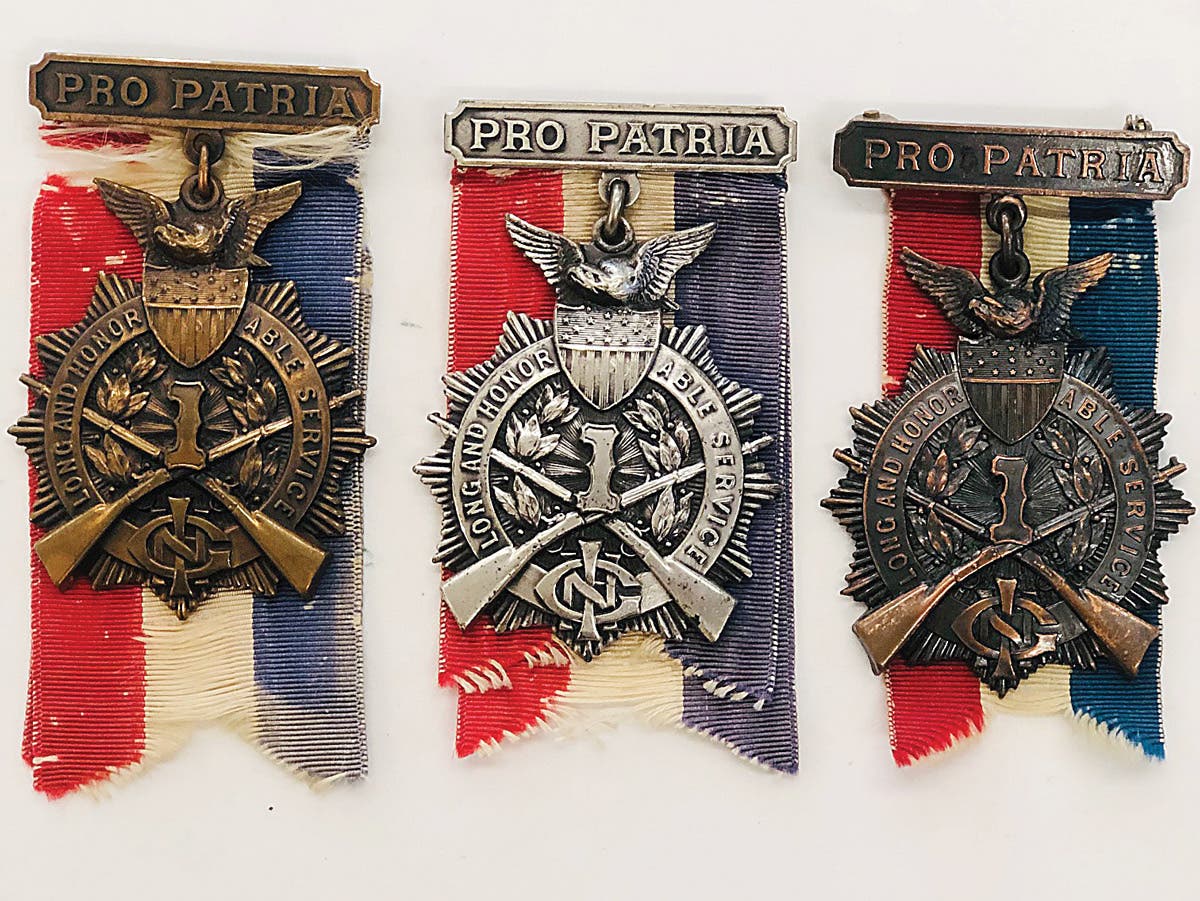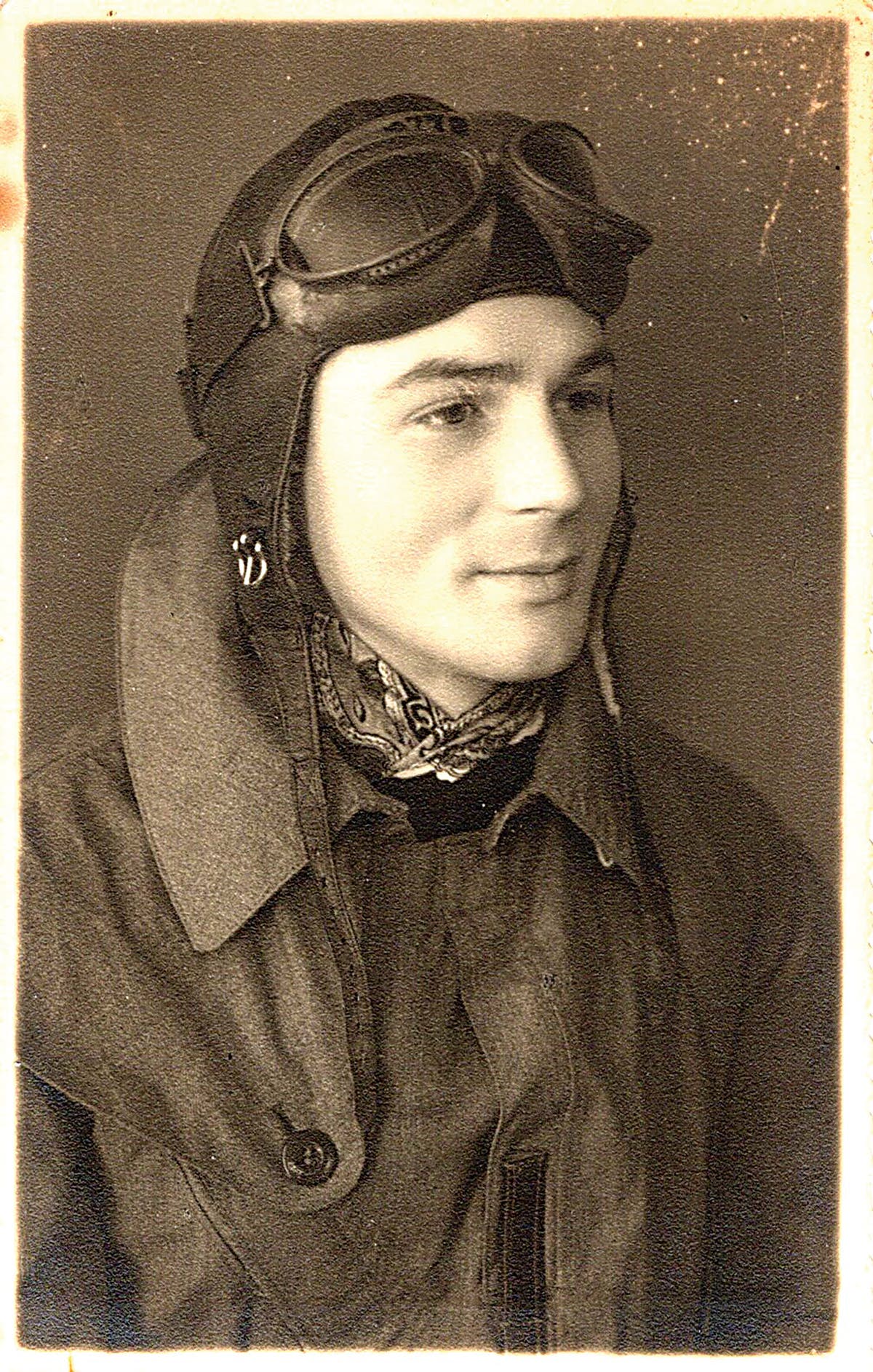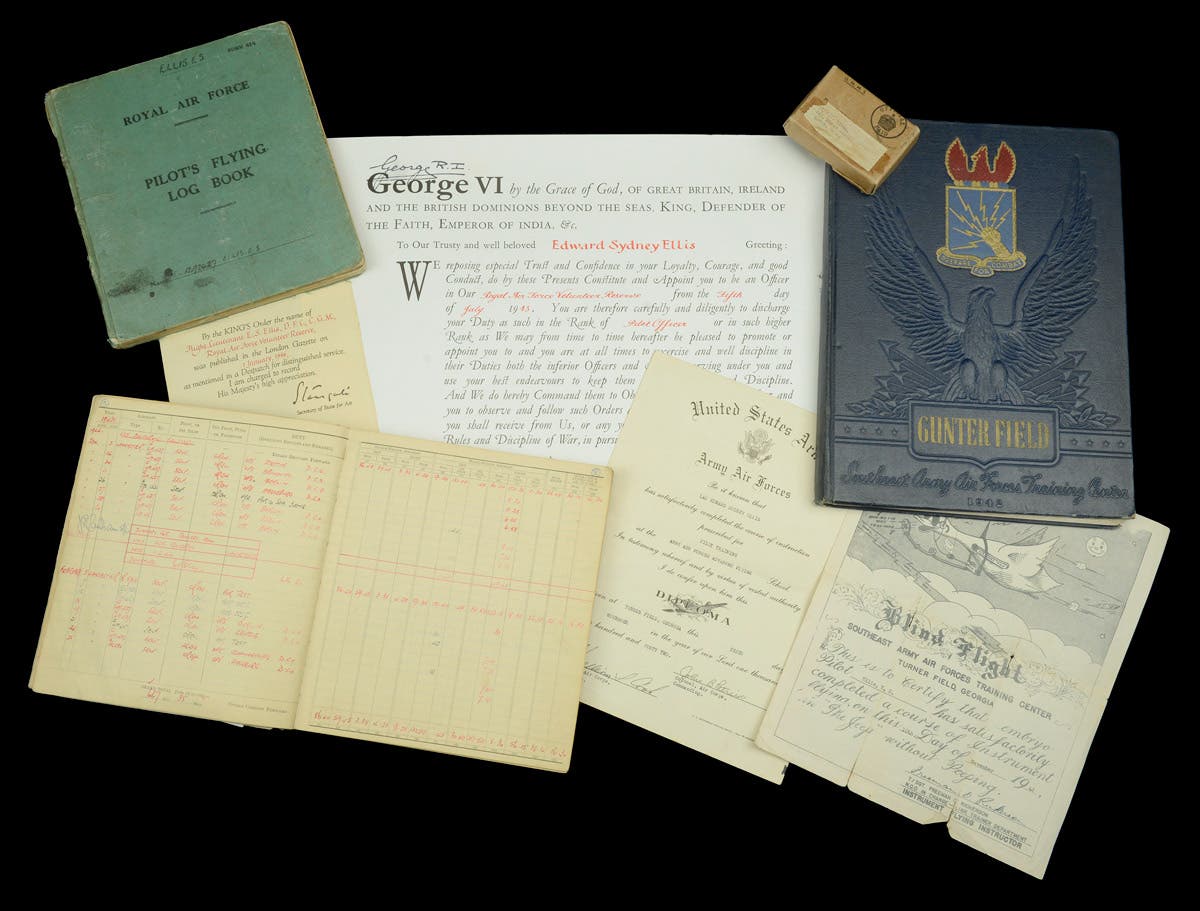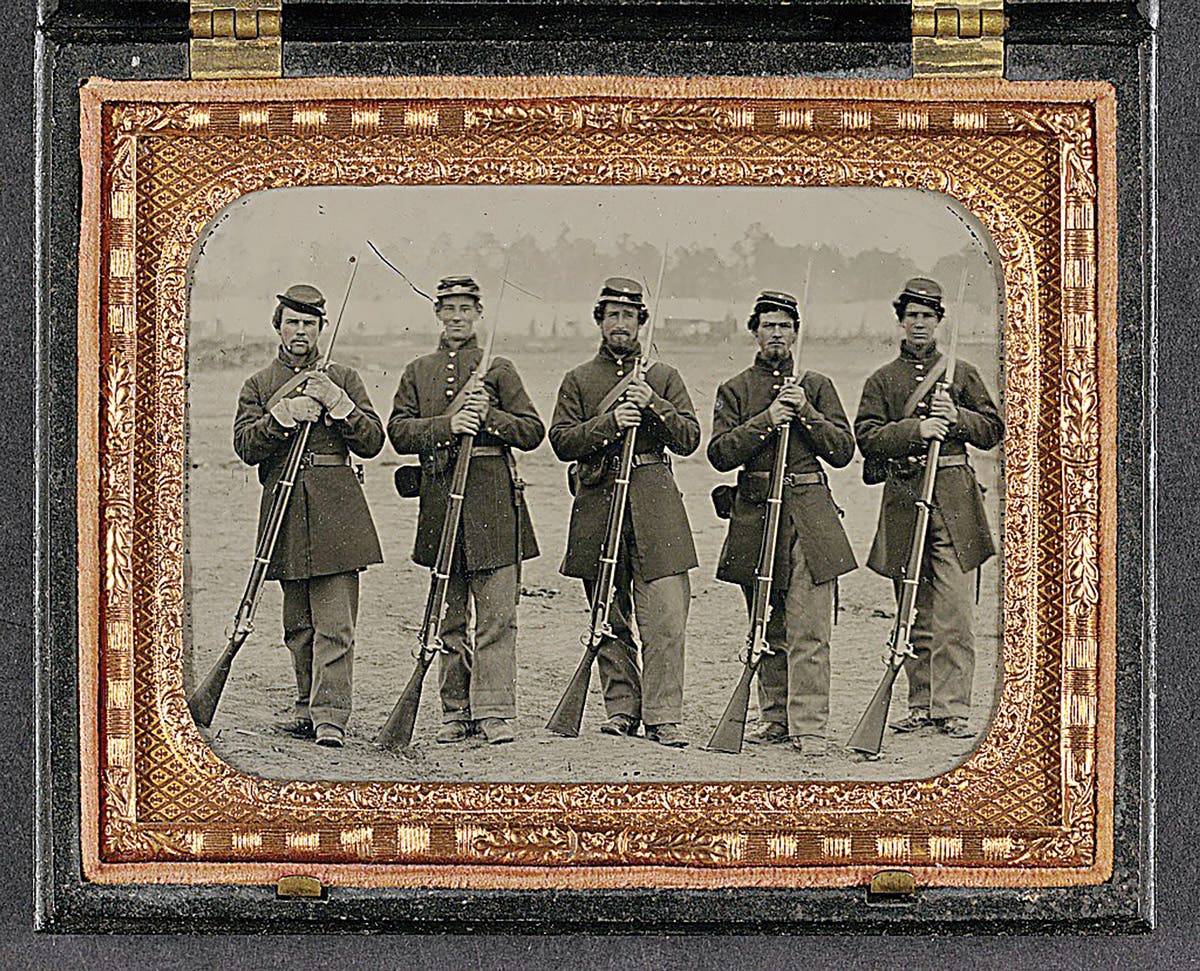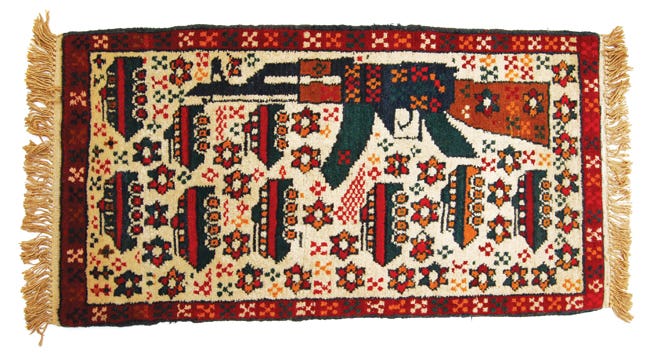Allied War Commission Medals
New York’s recognition of the Alliance by David L. Burrows World War I saw more than 17 million people perish with unprecedented bloodshed as well as social upheaval and revolution….
New York’s recognition of the Alliance
by David L. Burrows
World War I saw more than 17 million people perish with unprecedented bloodshed as well as social upheaval and revolution. The war involved nations from across the globe, with battlefields in Europe, Asia, Africa, the Pacific, and most of the world’s seaways. By 1917, the European allies were weary from three years of war and desperate for assistance and a break through event to turn the tide of war. Many propaganda campaigns finally would lead President Wilson to call a Joint Session of Congress on April 2, 1917, to ask for a declaration of war. Just four days later, on April 6, 1917, Congress formally declared war much to the relief of Allies fighting against German armies on the Western Front.
The entry of the United States on the side of the Allies would prove to be decisive. American industry and agriculture would ensure that the Allies could continue to fight in spite of German successes. This would open the floodgates to Allied commissions immediately coming with hats in hands to the center of U.S. banking power in New York City. The realization that the U.S. was replacing Britain as the world’s banker was not lost on the Allies. It was logical that most of the visiting commissions would be hosted in New York City, the center of the greatest financial power at this point in history.
New York City leaders received these various commissions and revelled in the celebrations honoring the visiting Allies. The First Allied Commission was the British and French Allied Commission which made a planned visit on May 9-13, 1917. Headlines trumpeted the first Allied Commission arrivals including, “Call to do Our Utmost in the War Loudly Cheered.”
The New York Committee that hosted the various delegations generally followed the same route through Manhattan, starting at The Battery where they were met by the Mayor and then up Broadway to City Hall where reception ceremonies were held in the Aldermanic Chamber. The city was festooned with decorations in certain buildings and public spaces. The commission route then took the visitors to points north. The French commission placed wreaths on the Marquis de Lafayette statue in Union Square, while during the Italian Commission visit, wreaths were placed to honor Giuseppe Garibaldi Statue in Washington Square.
The culmination of the first visit by the British-French Commission produced a gathering as even New York had rarely seen before. The Mayor’s Committee hosted more than 1,000 leaders of the city’s public life, business, art, finance, and education gathered at the Waldforf-Astoria. It was the hot ticket of the night with such notables as Marshall Joseph Joffre, commander-in-chief on the Western front. Also in attendance was the former Prime Minister of Britain, Arthur J. Balfour, now acting as the British Foreign Secretary. Shouts and cheers also rang out for former President Teddy Roosevelt, the leading US advocate of entering the war with the Allies. An interesting side note is that one of the leading figures in American public life, a famous lawyer and former ambassador to London, Joseph Hodges Choate, also attended this magnificent dinner. Unfortunately, he died two days later, apparently resulting from his strenuous efforts put forth in welcoming the Allied Missions.
MEDALS FOR THE COMMISSION
It was entirely appropriate that special medals were authorized for the British-French Commission by the New York City Committee. Often attributed to Dieges & Clust, the 35mm circular gilt medal features the bust of Lady Liberty in the center with a border reading, “To Make the World Safe for Democracy — We are One.” The medal is usually found with a dark blue ribbon and a “Committee” brooch.
The reverse of the medal has a central seal reading “New Netherland founded 1614.” The inscription around the border reads, “To Honor and Welcome the British and French War Commission May 1917.” No maker’s marks are found on the medal, but medal sets in named Dieges & Clust boxes have been offered on eBay. Also, there may have been a special 18 Kt. gold medal marked on the edge, “Tiffany and Co.”
The British-French Commission was quickly followed by the Italian Royal Commission in June 1917. The New York Committee followed the same welcome ceremonies and closing reception as the British-French Commission. The medal awarded to the Italian Royal Commission had an identical obverse as the British French medal but used a black ribbon. Some examples show different brooches including “Guest,” “Committee,” and “Decoration Committee.”
The obverse is inscribed, “The Mayor and Committee of Citizens of the city of New York to Honor and Welcome the Italian Royal Commission to the United States of America June 1917.” An interesting variation in font and with a beaded border has been seen. This would lead us to believe that maybe there were multiple makers other than Dieges & Clust.
In July 1917, the Russian War Commission was welcomed to New York City. It appears that the Allied War commissions were arriving each month. The Russian War Commission was probably sent by the Provisional Government ofKerensky. Russia was in a state of flux with an ongoing battle between the Bolsheviks and the Mensheviks for control during July 1917.
The Mayors Welcome Committee provided a medal that was similar to previous medals but with the addition of the horizontal arm of a Greek-type cross. The reverse was the same as the Italian Royal Commission but with the Russian War Commission noted with the date, “July 1917.” Most examples have been seen with a red, white, and blue ribbon, but one example was seen with a red ribbon and different brooch marked “Official” (both pictured).
On August 21, 1917, The Belgium War Mission soon followed the Russian visit. The medal commemorating this visit again changes form slightly, resulting in the original medal imposed on an equal arm Greek style cross. The Belgium medal is easy to identify from its red, gold, and black ribbon, again usually found with a “Committee” brooch. The reverse is identical to the Italian and Russian medals but with the Belgium War Mission noted along with the date, “July 21, 1917.”
By September 1917, it was the turn of the Imperial Japanese War Commission to arrive in New York City. Japan had participated in WWI from 1914 to 1918 as an ally. The nation played an important role in securing sea lanes in the west Pacific and Indian Oceans against the German Imperial Navy. It also was an opportunity for Japan to expand it sphere of influence and seize German possessions in the Pacific and East Asia. The Imperial Japanese War Commission Medal reverted back to the original design used by the British-French War Commission with a white silk ribbon with central red stripe. It also used the New Netherland seal on the reverse.
The final known medal in this series was that of the Serbian Royal Commission which arrived in New York in January 1918. This rarely seen medal used the circular design of the British-French Commission and the Italian War Commission. It had an obverse similar to that of the Russian and Belgium Commissions’ but with a January, 1918 visit date.
Fortunately, the war would end in November. It would end the long nightmare of the Allied nations and result in the United States becoming a world power. The medals of the New York City Mayor’s Committee help tell the story of this short period of time.
David Burrows is a retired educator and life long military collector. He started collecting as a teenager. David was a physics teacher for 37 years with the Pittsburgh Public schools. He is a frequent contributor to Military Trader as well as the OMSA Journal. His other passion with British cars has resulted in many feature stories both in US publications as well as international publications over the last 30 years.
